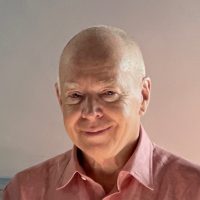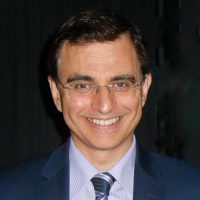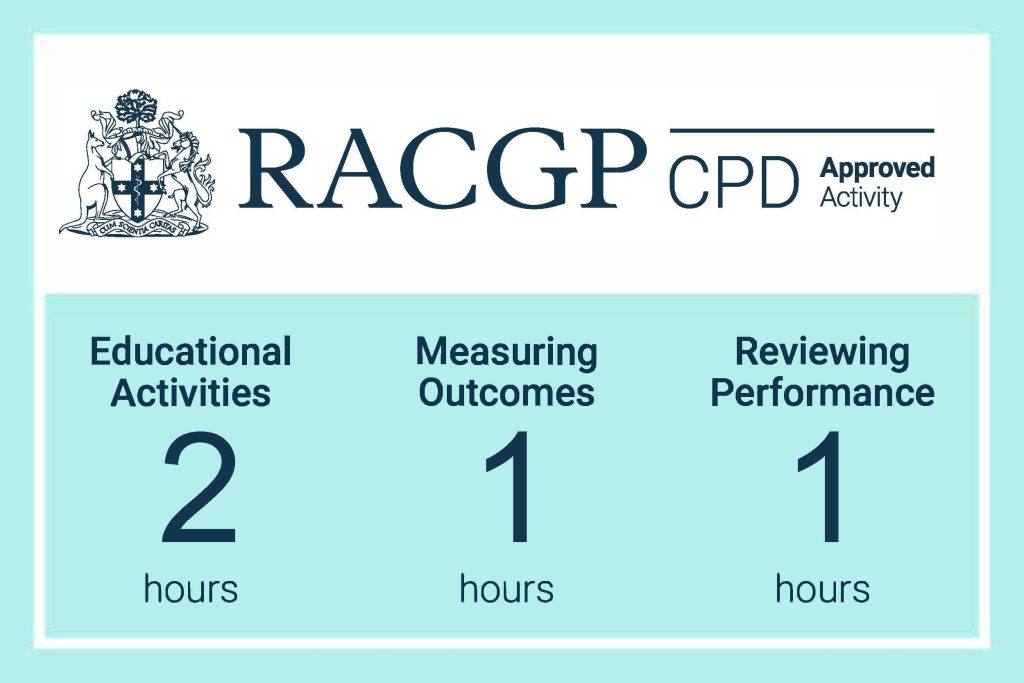Articles / Nobel prize winner: What they discovered and why it matters


writer
Director, Appleton Institute; Head of Ops and Research Professor, CQUniversity Australia
0 hours
These are activities that expand general practice knowledge, skills and attitudes, related to your scope of practice.
0 hours
These are activities that require reflection on feedback about your work.
0 hours
These are activities that use your work data to ensure quality results.
These are activities that expand general practice knowledge, skills and attitudes, related to your scope of practice.
These are activities that require reflection on feedback about your work.
These are activities that use your work data to ensure quality results.
Today, the “beautiful mechanism” of the body clock, and the group of cells in our brain where it all happens, have shot to prominence. The 2017 Nobel Prize in Physiology or Medicine has been awarded to Jeffrey C. Hall, Michael Rosbash and Michael W. Young for their work on describing the molecular cogs and wheels inside our biological clock.
In the 18th century an astronomer by the name of Jean Jacques d’Ortuous de Marian noted his plants opening and closing their leaves with the cycle of light and dark, with the leaves opening towards the sun. Being an inquisitive chap, he placed the plants in constant darkness and observed that the daily opening and closing of the leaves continued even in the absence of sunlight – indicative of an internal clock.

Menopausal Hormone Therapy - What Dose of Estrogen is Best?

Cardiovascular Benefits of GLP1s – New Evidence

Oral Contraceptive Pill in Teens

RSV and the Heart

writer
Director, Appleton Institute; Head of Ops and Research Professor, CQUniversity Australia


Modified but kept in place
Eliminated entirely without replacement
Maintained as is
Completely replaced with an alternative system
Listen to expert interviews.
Click to open in a new tab
Browse the latest articles from Healthed.
Once you confirm you’ve read this article you can complete a Patient Case Review to earn 0.5 hours CPD in the Reviewing Performance (RP) category.
Select ‘Confirm & learn‘ when you have read this article in its entirety and you will be taken to begin your Patient Case Review.
Menopause and MHT
Multiple sclerosis vs antibody disease
Using SGLT2 to reduce cardiovascular death in T2D
Peripheral arterial disease
